CTS Agency is a digital marketing company of eight people and counting, with a strong sense of social responsibility and a focus on cause-based projects. They also have plans to expand their business in the near future.
Visual Composer has helped them to do this by saving them time and headaches when it comes to building websites for their clients. With Visual Composer, CTS Agency can create 100% of their clients' websites with close to zero code, which allows them to focus on their mission and grow their business.
In this interview, Greg Trujillo, co-founder, and co-owner of CTS Agency walks us through:
- How he got into web development
- How Visual Composer has made it easier for their senior developers to focus on more complex tasks while allowing junior developers to take on simpler tasks
- And how they make the world a better place through their work.
Tell us more about what you do and how long you have been in the business?
Greg Trujillo:
We started a little over ten years ago and the idea was to create a social media company. So websites weren't something that even was of any interest to us. But as we started doing more in the social media marketing space, we found that websites were necessary.
A lot of people were thinking of social media as a website replacement. But we found that you still need to drive people to a website and an experience that you control, for overall marketing effectiveness. So we started to dive into websites.
I'm a computer engineer by training, so I didn't know a lot about the web world, but many coding languages, whether it's C++ or JavaScript, have a lot of similarities to them. So that was kind of easy for me to pick up and start learning about web development.
Ten years ago, we were just two people. And now fast forward ten years, we're eight people and growing and we serve a multitude of different clients from non-profits to romance authors, lawyers, and service industries.
But really what we like to focus on is cause-based organizations. So whether it's a for-profit company or a non-profit, somebody with a social cause that they want to put forward and how they're trying to make the world a better place, not just by selling sneakers or something, but through their mission. So those are our ideal clients - people that are trying to change the world.
Can you tell us what CTS stands for?
Greg Trujillo:
Our agency is called CTS Agency. The CTS is an acronym for Creative, Technical, and Social. Those are the avenues that we focus on when we're putting together marketing campaigns for our clients.
Filip Galetic:
What do each of those parts mean to you personally?
Greg Trujillo:
So when creating a strategy for marketing campaigns, it takes strategic technical knowledge on how to apply certain parts of the strategy and also a sense of creativity to captivate the people that you're trying to market to.
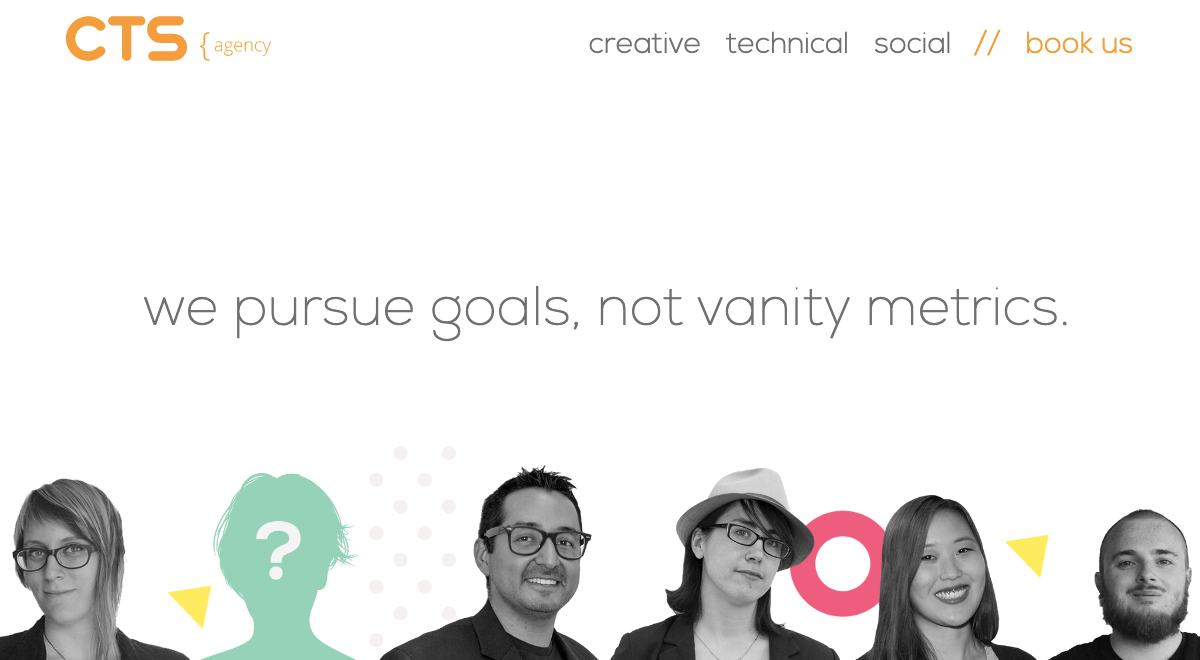
And additionally, because of the way that Web 2.0 is right now, there is a vast social layer to that. So you need to make sure that we're not just broadcasting out to people, but we're creating a conversation and a dialog.
On your LinkedIn profile, you mention that you built your first computer when you were just ten years old. What's the backstory behind that?
Greg Trujillo:
So when I was ten years old, my father worked a technology job in the military. They called that microwave satellite repair. And he worked a lot with computers and different technologies. And so he brought some of that home, not his work specifically, but some of that knowledge.
So he would buy computer components and we would work together on building a computer, installing the operating system, and just overall learning about technology. I probably was the first kid on my block to have access to the Internet.
Do you have a strong passion for social responsibility? And if so, what do you enjoy most about it?
Greg Trujillo:
I like helping people that help people. So really, when it comes to social responsibility, I have been involved personally and adjacent to a lot of people who have had bad situations because of a lack of social responsibility in the world in general. Because of the situations that I and people that I know have been through, I like working with organizations that try to alleviate those conditions.
For example, I have personally experienced homelessness and that makes our work with several different homelessness organizations in the region especially meaningful. Additionally, I've had friends who have gone through a divorce due to domestic violence. And so we help domestic violence organizations as well. Really, we love to work with anyone trying to help people who are experiencing a negative situation, which is a common experience across the world.
We just want to help those kinds of organizations because they don't have the funding usually to work with a really big marketing company. And we like to be able to give them the kind of attention that they deserve, but on a budget that they can afford.
Filip Galetic:
That's wonderful. And I mean, those issues you've mentioned, they can often come in a package, right? Homelessness, domestic violence…
Greg Trujillo:
Yes. They spiderweb out and a lot of them touch each other.
Filip Galetic:
Yeah. It's great that you have this niching. Obviously, this is a good way to help your business grow in general but then when it also helps others, you're the winner here. So congrats. Well done.
Do you have any kind of plans to grow further? How long did it take to reach the current point you're at?
Greg Trujillo:
Yeah, absolutely. So when we started ten years ago, we were just two people and we remained two people for a few years, working with contractors to fulfill needs because neither of us could design. We’d need a designer, so we were able to do that for a while. And as our clients had expanded needs, we realized that we just don't have the time and contractors aren't fulfilling it.
So we needed to bring on people and once we started bringing on employees and having people working full-time, we found that our two original people were able to go out and sell more projects. And so more projects meant that we needed more people. And it's kind of been in an ebb and flow growth trajectory where we have eight employees and then it'll come down to six employees and then go back up a little bit.
And so now we have a really solid employee base. They're excited to continue to work on these projects. They've been working with us for anywhere from 2 to 3 years. We brought them in as junior employees and now they're ready to move up and gain management experience by supervising junior employees themselves.
Filip Galetic:
Sounds great.
Greg Trujillo:
Yeah. We plan to keep expanding. One of the parts specifically is web development, and that's changed immensely because of things like Visual Composer. Before we were manually building everything. Not only the custom frontend with custom functionality, but also we would modify the admin area of WordPress. So that way it was more user-friendly for our clients.
Now with Visual Composer, it's very easy for our clients in the admin area because we can save a lot of the custom things that we make with Visual Composer. Our clients can easily drag-and-drop the buttons or anything else that we've styled specifically for them. So that makes the admin area a non-issue.
And then also, with all the updates that Visual Composer has had over the last couple of years, it's made it very easy for us to style things that before would have taken a lot longer and would have been a little more of a headache having to do it custom in the PHP & CSS files.
Could you give a rough estimate of how much faster you can get things done with Visual Composer?
Greg Trujillo:
Yeah. So before Visual Composer, we were making a full custom page that had been created by our designer. Developing it for both mobile and desktop would take approximately a day. And that's on a good day with a low functionality page. In Visual Composer that's a couple of hours with the functionality and styling options being built-in.
The same page could be done within 2 hours on Visual Composer where it would previously take a developer all day.
And when reviewing the work that a developer does with Visual Composer, even if I have ten changes they need to make, those changes are done within 30 minutes. Where, if I requested those changes from the developer who had hand-coded it, everything we're talking about would take another 3 hours, and maybe it's delivered to me tomorrow.
Visual Composer has immensely sped up our production because now we don't need a full-fledged developer to build out the pages, we can use a junior developer who has a basic understanding of HTML and CSS.
Do you follow strict processes when it comes to your agency workflows?
Greg Trujillo:
So basically when it comes to our processes, especially with web development, we do have processes in place, which we are documenting. But when it comes to web development, what we usually do, after we understand the goals of the client, is wireframe based on Visual Composer at that point.
So with what we know Visual Composers' capabilities and designs to be, we wireframe based off of that, making sure to keep our client's goals in mind, and then we start to design and beautify it once they've approved those designs. So yeah, we fully incorporate Visual Composers from the beginning and make sure that our designers have gone in and played with the different functionalities of Visual Composers and looked at the styling of it.
That way they can understand what's going to be easy to modify and what is a little more complex to modify. So when creating a website for a client based on what their needs are, it’s amazing to see how far we can go on the modifications with Visual Composer.
Visual Composer makes it so easy to do those sorts of modifications with CSS. Half of the modifications that I need are available within the Visual Composer elements anyways.
A lot of those are great and it just makes it so easy that we pretty much have gone to 100% incorporating Visual Composer. Before it was only for certain features and now it's full-fledged across the website.
How do you structure your business model?
Greg Trujillo:
Since we are a marketing agency, which is the way that we approach a lot of our services, we have a lot of agency-of-record clients. So they buy a retainer, usually an amount of our time for the entire year. And then we try to section out how many hours we can work per month. And of course, since they bought our time for the year, that's a little more fluid. If they need more hours this month, we can put those in. If they need fewer hours, we can save them for another month.
We do have a lot of clients who prefer to work on that basis. But we also have one-off clients, and these are my favorite kind of projects, the one-offs that are wildly out there.
We had a client who had a real-world physical device to measure fluid inside of a container and wanted us to program a way to get the information from that device onto an analytics dashboard that we were also supposed to design and create. So we were working on that project – their whole thing is fluid inside of barrels for car washes.
So the way that they measure the fluid in car wash barrels is with a Sharpie, they just mark it with a Sharpie and put the date next to it. This person was creating a new piece of technology for that purpose. And we were able to build the web component that displayed in real time what the fluid levels were, gave them alerts on fluid usage, and also the ability to reorder products directly from their analytics tool.
What's next for your agency?
Greg Trujillo:
We do have a few clients that are outside of Florida and outside of the United States, international clients as well. What we're focusing on are cause-based clients that are interested in social causes and those branding campaigns and efforts that they may be putting forward. We found that we're really good at creating brand taglines and then being able to promote those directly to an audience.
For example, we're working on a Florida-wide youth drug prevention campaign which might make people, at least in America, think of the abstinence-focused DARE campaign, but this takes a different approach.
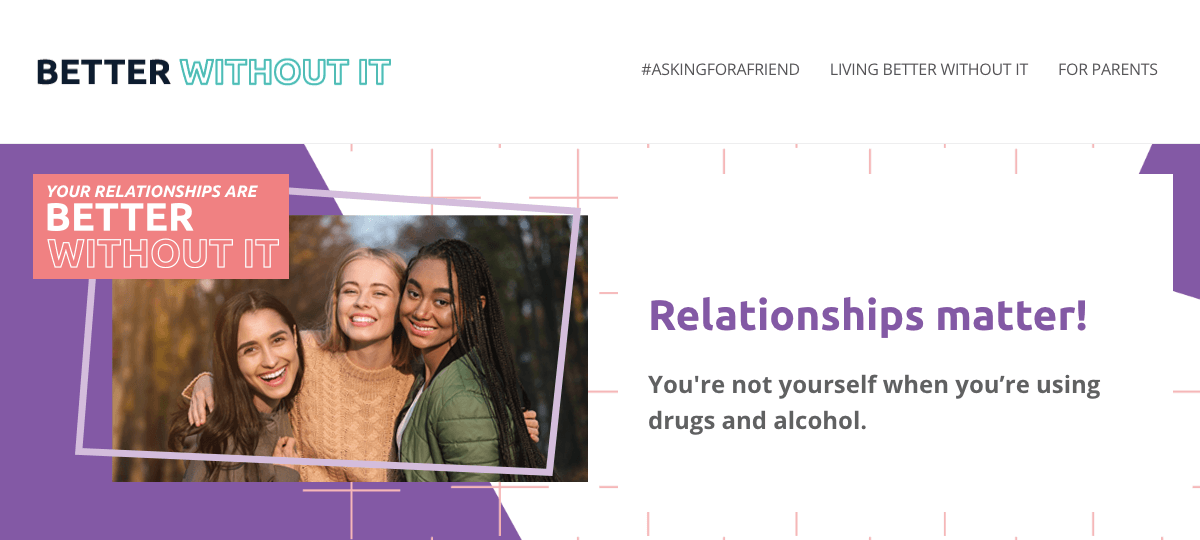
Instead of just saying no, what we're doing is talking about positive reinforcement for healthy habits rather than telling people that if you do drugs, you'll ruin your life. Instead, if you focus on your passions, that opens a lot of doors for your future. We encourage people to focus on healthy habits and things that are going to help them now and throughout their lives.
Fillip Galetic:
Right? That's such a huge topic. And the whole 'just say no' has this inherent 'you're bad' undertone that doesn't work very successfully at all, does it?
Greg Trujillo:
Those abstinence-only ideas just don't work. And nowadays with advertising, it doesn't matter who you're advertising to. Gen Z has the Internet. They can Google things for themselves – you can't B.S. anybody anymore. So you’ve got to find different ways to communicate messages that they want to hear.
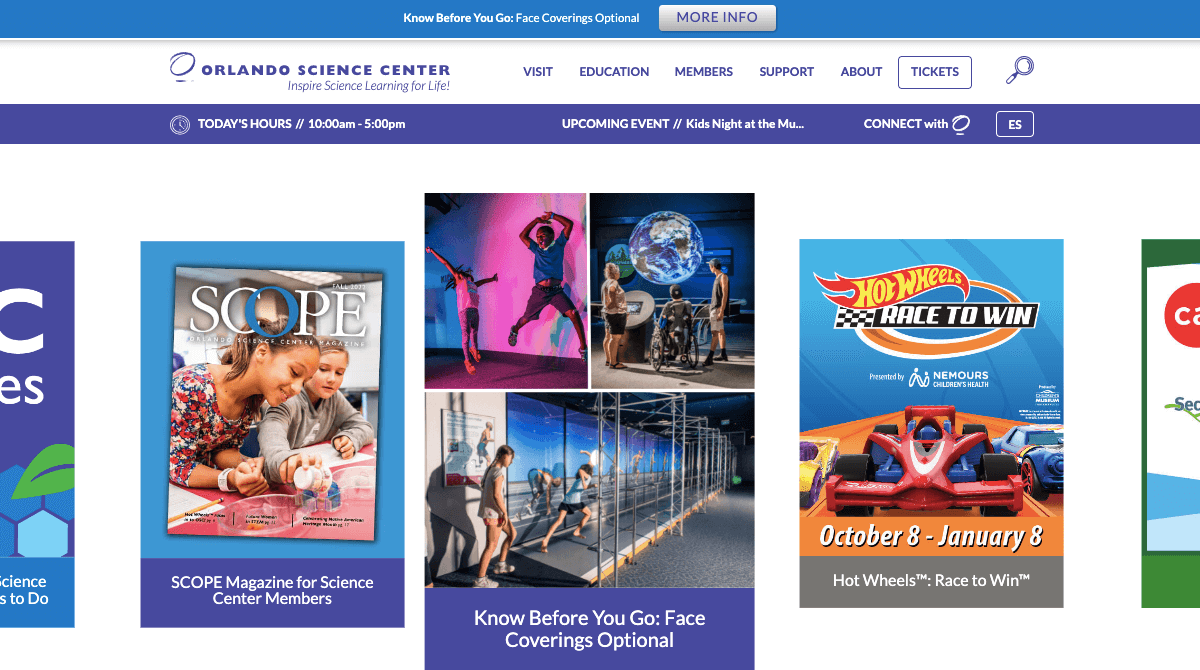
Have you used any other website builder apart from Visual Composer and how would you compare them?
Greg Trujillo:
Oh yeah. We inherit a lot of website maintenance contracts and they already have their previous web development company put in a website builder.
So we've used a multitude of different website builders and none of them really compares to Visual Composer in terms of the capabilities and ease of use for the features.
A lot of them kind of get there a little bit, but there are little quirks that make it more difficult and less adjustable for those that have the inclination to do it.
With Visual Composer, especially the admin area updates for the Font Manager and things like that, they make it so amazing now to just create an entire site from scratch that would have taken days, weeks, and even months. I see some of these websites that we've sold that would have taken me an entire week to build as a weekend project now.
What are some of the other features that stand out to you in Visual Composer, and that you use regularly?
Greg Trujillo:
Some of the features that I use and love the most are the templating features and the layout features – being able to create templates and layouts and apply them across different sections of the website. And then we're able to select that template to apply. So I love that aspect of it. It brings that original layer of creation that WordPress had.
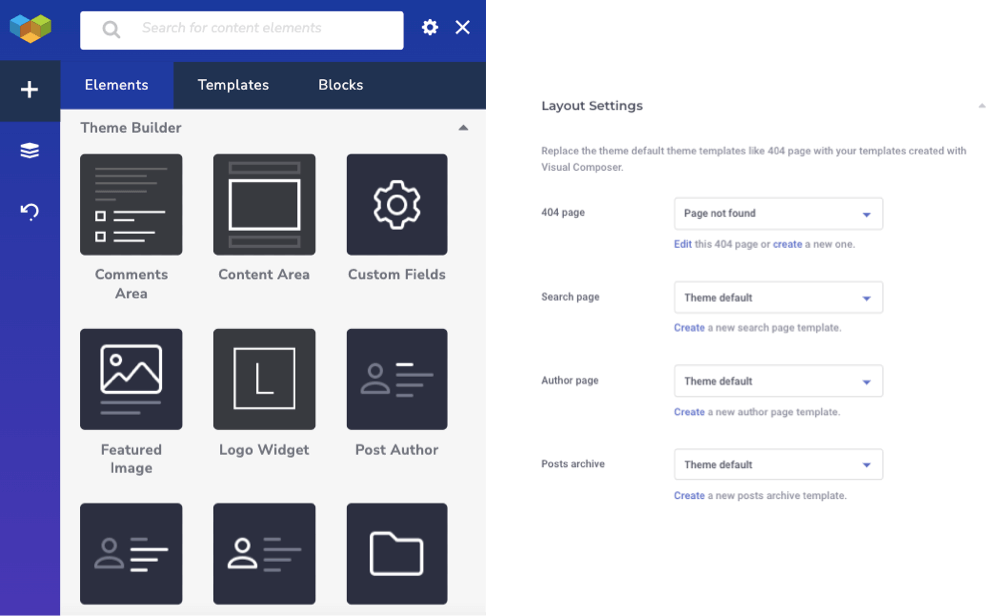
It’s exactly like creating a template for your WordPress theme, but Visual Composer makes it much easier.
Plus the Font Manager, I can't even say how amazing it is because being able to not only set the fonts but set the font sizes and styles per screen size is an absolute godsend because before, we'd have to code in via CSS and have the font file in the website itself. Not only that but then coded for each breakpoint of what size it was going to be.
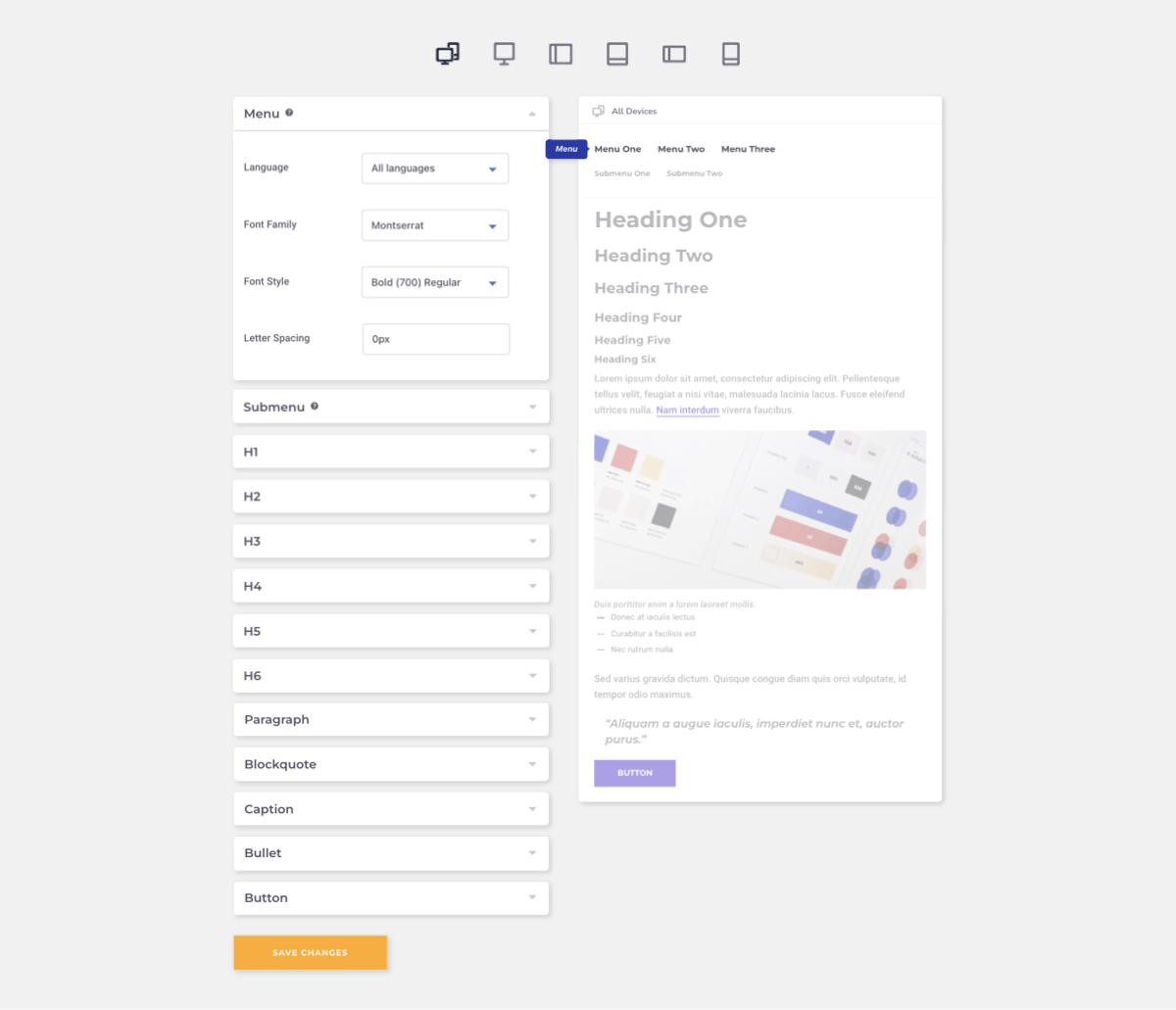
Do you find any benefits to using Dynamic Content, such as time savings or better reactions from clients?
Greg Trujillo:
When it comes to dynamic content for Visual Composer, that's something we use a lot because we create custom post types for our clients. Right now we're still using the old way where we’ll go into the functions using? PHP, and create a custom post type, but then with the dynamic content in Visual Composer - when we've created, for example, a custom post type to spotlight their members – we're able to grab the content dynamically from these. Which I find amazing because it's not just the built-in stuff that comes with WordPress.
When we create different post types manually Visual Composers can detect that and pull the content in dynamically. So that way, if we just want the highlighted posts that we've assigned, for example, the category of 'featured,' Visual Composer can grab that even from a non-native custom post type, which I find amazing and works well.
...because then again we can create the post type and Visual Composer can handle all the heavy lifting of displaying it.
Apart from running the agency you also teach marketing courses and do public speaking. Tell us more about that.
Greg Trujillo:
We teach non-profit marketing courses here locally. And additionally, we've been brought out to different cities to teach marketing classes and also help to put on a marketing conference every year.
Filip Galetic:
When is the next conference and is it maybe niche for the cause marketing?
Greg Trujillo:
Yeah. Well, it's social media focused and the conference is called Social Fresh. It should be next year in June. That one has some cause-based content in it, but a lot of it is big brand social media.
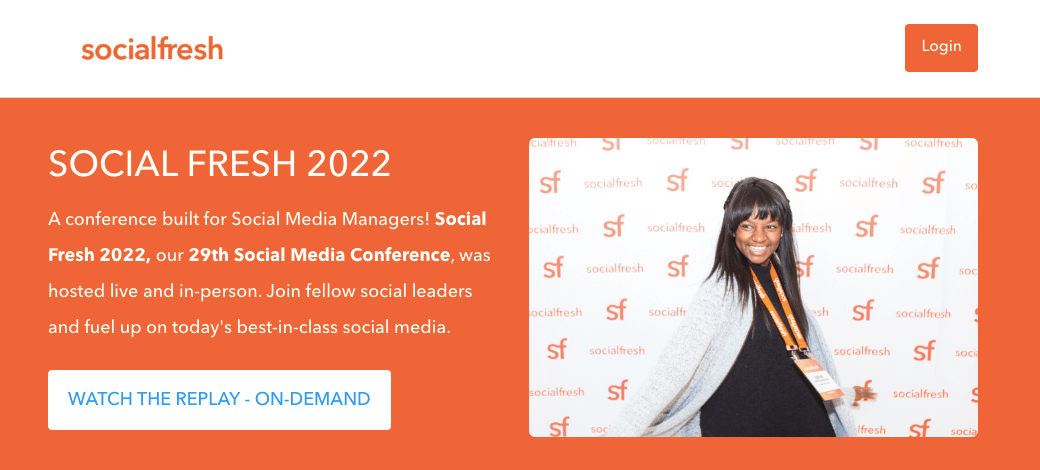
If you were starting today in building CTS, what advice would you give yourself?
Greg Trujillo:
Especially when it comes to web development, understanding enough about CSS and HTML will help build about 80% of websites that clients will ever ask for.
If I were starting my company today instead of ten years ago, I would tell myself that while it's nice to know how to build things from scratch, it's not necessary, especially with tools like Visual Composer.
It's when clients are looking for those really custom features that just don't exist anywhere else that you might need to lean on somebody with more development knowledge. But when it comes down to the ease of being able to template and design with Visual Composer, you can create custom solutions for clients without having to have extensive web development knowledge.
Filip Galetic:
That means a lot coming from an experienced web agency owner and expert developer like yourself. Thanks a lot and we'll keep in touch.
